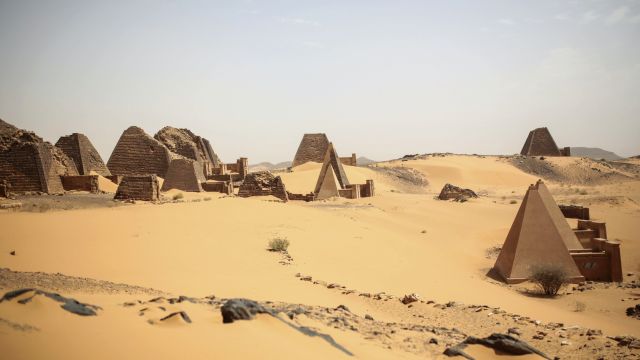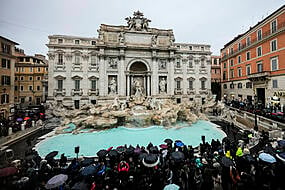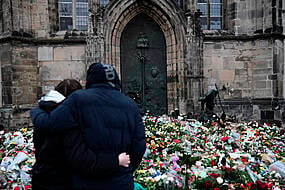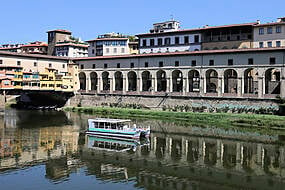The floods are also threatening a famous archaeological site near the capital, Khartoum.
The floodwaters this week entered the ancient royal city of the Kushite kings known as the Island of Meroe, a Unesco World Heritage site, said Abdel-Hai Abdel-Sawy, head of the archaeological exploration department at Sudan’s National Corporation of Antiquities and Museums.
The site — called the Island of Meroe because of its proximity to the Nile River — was the heartland of the Kingdom of Kush, a major power in the ancient world from the 8th century BC to the 4th century.
Mr Abdel-Sawy said that parts of the ancient site, located 125 miles north-east of Khartoum, have become submerged. Workers have pumped the water and erected sandbag barricades to protect the site, he added.
“But we were not able to reach some points at the site because of the flooding water,” he said.
Flash floods, which have struck much of Sudan since late July, forced authorities earlier this month to declare the country a natural disaster area and impose a three-month state of emergency.
The interior ministry said that as of Thursday, at least 103 people have died because of the floods and at least 500 have been injured. More than 550,000 people in all but one of Sudan’s 18 provinces have been affected, including Khartoum and North Darfur.
Seasonal heavy rainfall, mostly in neighbouring Ethiopia, has swelled the Nile, causing water levels to rise about 57 feet, in August, the highest level in almost a century, according to the Sudanese irrigation ministry.







